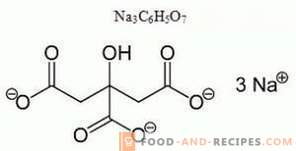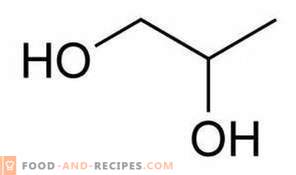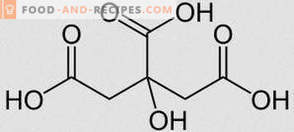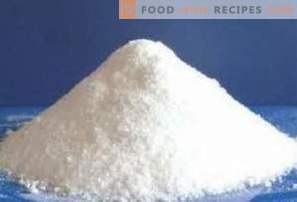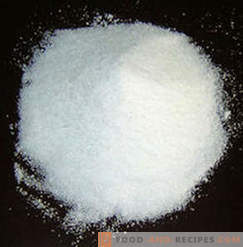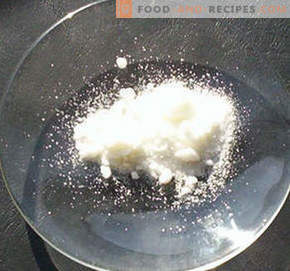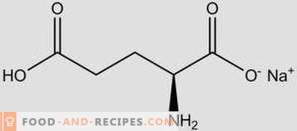
It is no secret that if the manufacturers tried to preserve the natural taste of most food products, then they would hardly have been bought by someone. Few people want to feast on unleavened yogurt or eat watery ice cream. Such defects of the product for a long time and successfully smoothed by various amplifiers of taste, the most common of which is monosodium glutamate. For food labeling, it is most often referred to as E621. This combination of letters and numbers is well known to many consumers who adore chips and frozen convenience foods, periodically buying bouillon cubes, all sorts of sauces and seasonings. But few people ask themselves how safe this preservative is, and whether it is worthwhile to allow it to come to our table every day as part of various foods.
The advantages of the E621 and its benefits
Only a few hundred years ago, people did very well without monosodium glutamate and did not feel the slightest regret about it. However, thanks to the assimilation of Eastern and European cultures, a natural process of borrowing traditions occurred. So the menu of American and French restaurants appeared seafood and, in particular, algae, which, as it turned out, can give other dishes a completely different taste. Subsequently, it was possible to establish that the reason lies precisely in sodium glutamate, which was obtained from wheat gluten in 1907. At first, scientists could hardly imagine where this product could be used. However, since the mid-50s, the E621 begins to be used in the food industry in many countries of the world. But it soon turns out that its production from gluten is quite expensive. As a result, the last half century of monosodium glutamate is obtained in the process of fermentation of various types of yeast bacteria. Virtually no effect on the chemical properties of E621 products, however, it helps to enhance their taste properties. That is why monosodium glutamate can be found today in a wide variety of products, including both ready-made meals and semi-finished products, as well as all kinds of canned food. This happens due to the impact on the taste buds of the language, which is not bad in itself, because the food does not suffer at all. But research and scientific experiments have shown that monosodium glutamate is not at all so safe for any living thing. As it may seem at first glance.
What is harmful about E621?
To begin with, with regular use of food products containing this preservative, there is a dulling of the sensitivity of taste buds. Therefore, if you have been eating chips for a long time, then ordinary fried potatoes after them will seem completely tasteless. It is also proved that monosodium glutamate tends to accumulate in the body, if you do not know the measures in matters of nutrition. Those who love spicy foods, seasoned with spices and sauces, which contain E621, should be prepared for the fact that very soon they begin to have problems with their eyesight. This is due to the fact that due to the presence of monosodium glutamate in the body, the retina of the eyes becomes thinner. Also, this preservative accumulates in the lens, which leads to its clouding. Of course, in small quantities, the E621 is relatively harmless, but it only costs a little to exceed the allowable dose, as various side effects occur. The most common among them are nausea and headache, less frequent sweating and heart palpitations. In addition, it is possible the development of allergies, the occurrence of pain in the chest and general weakness. However, it is worth noting that the effect of E621 lasts no more than 20 minutes, since this substance is quite quickly split and partially excreted from the body in a natural way.

